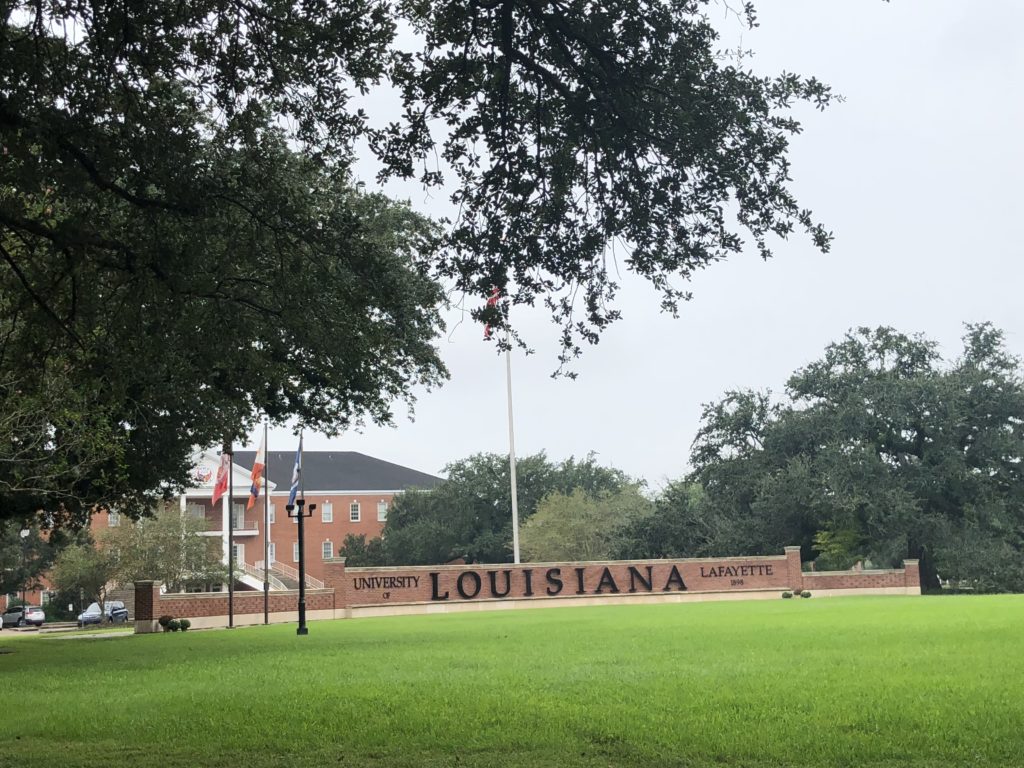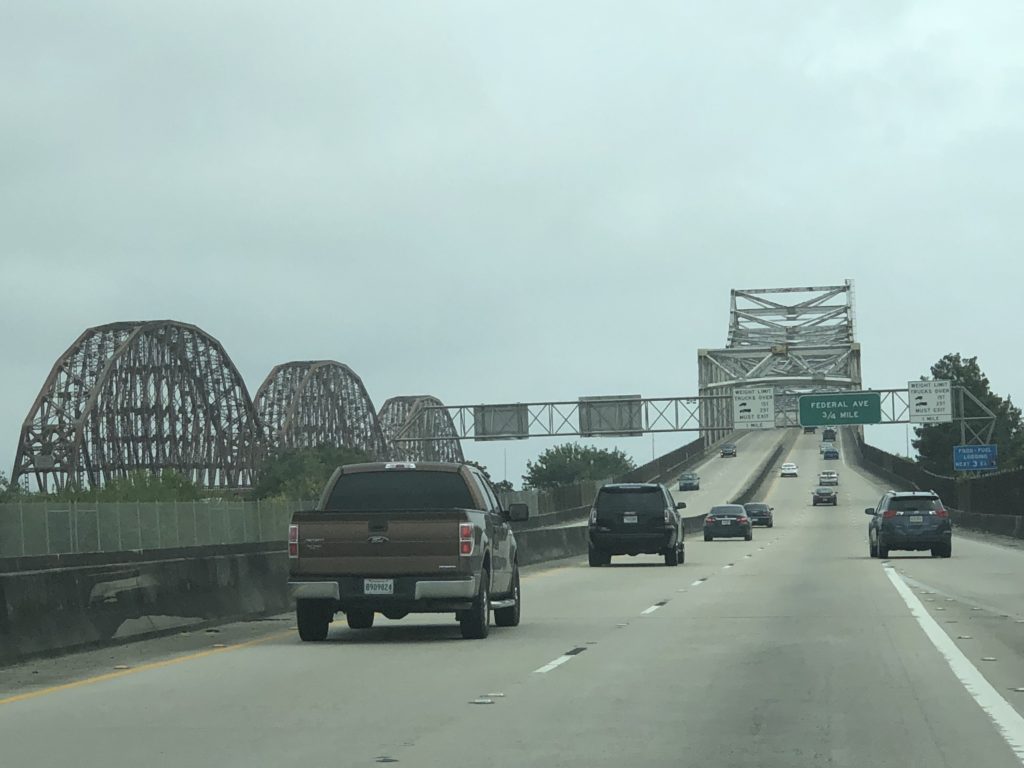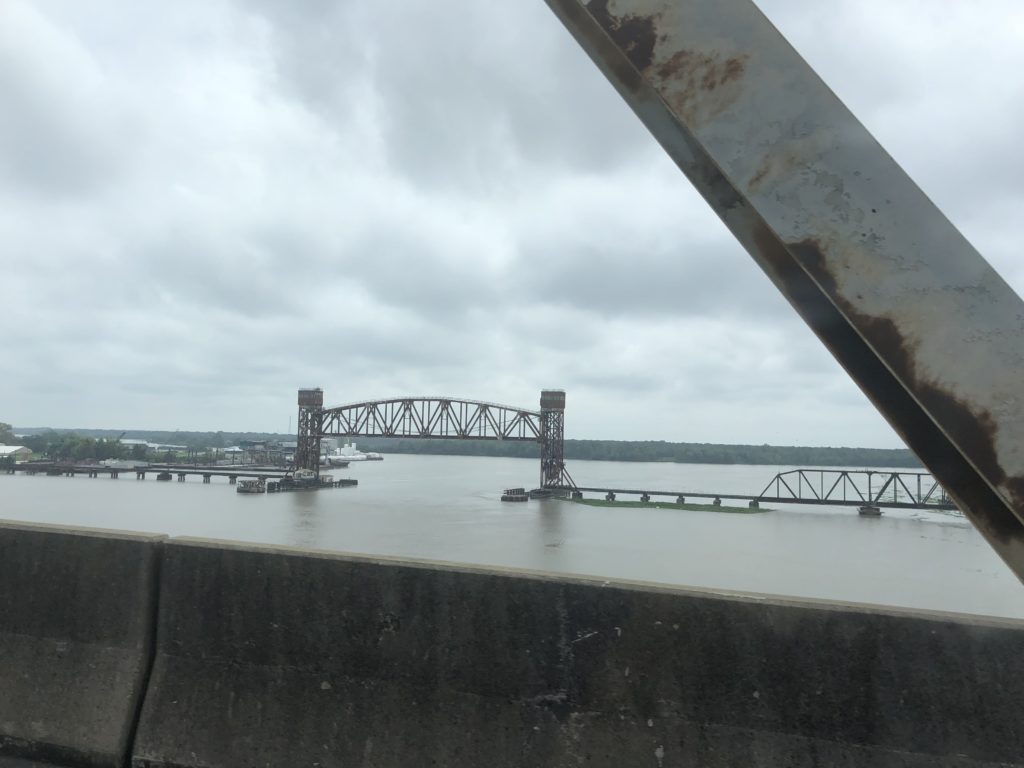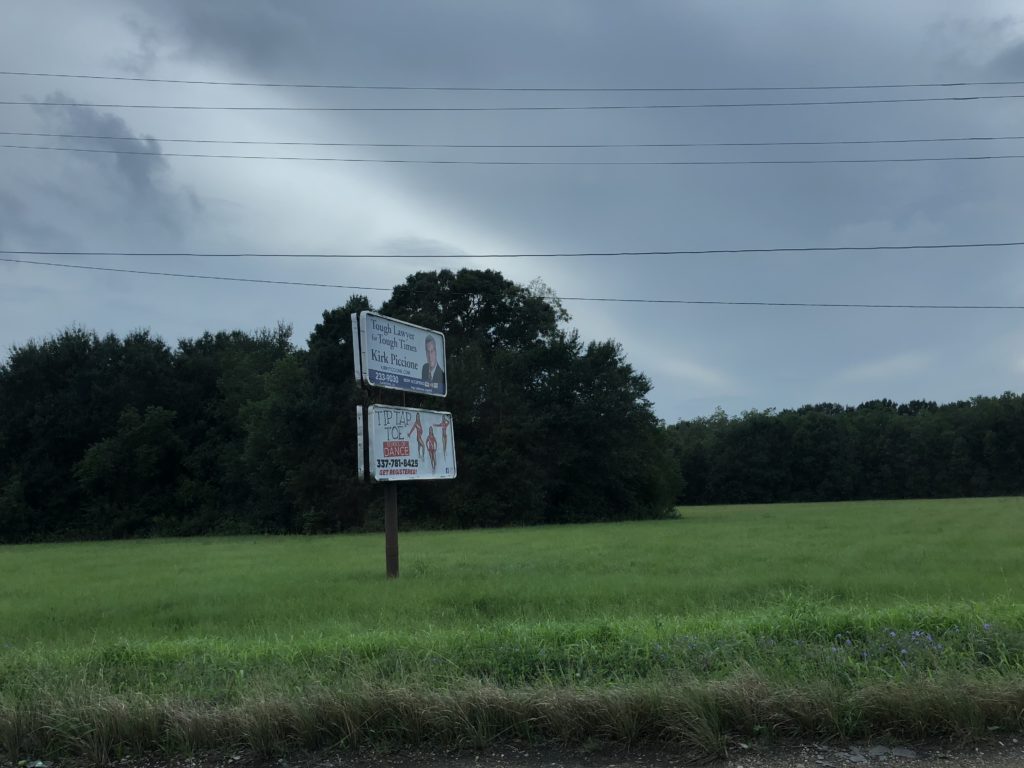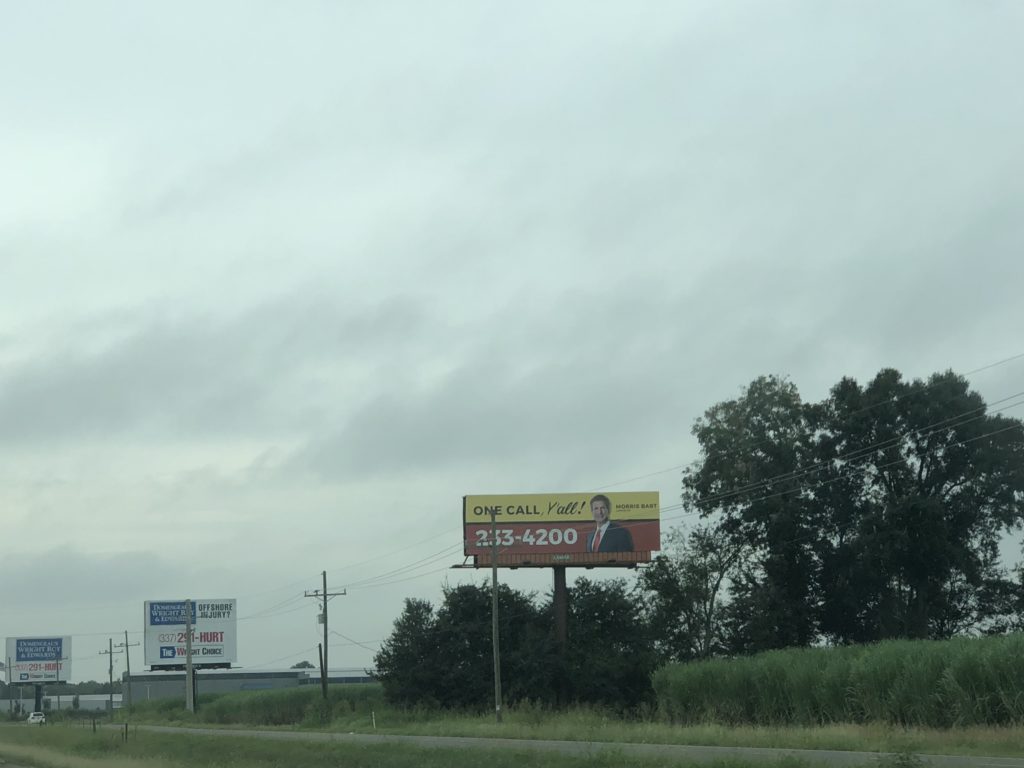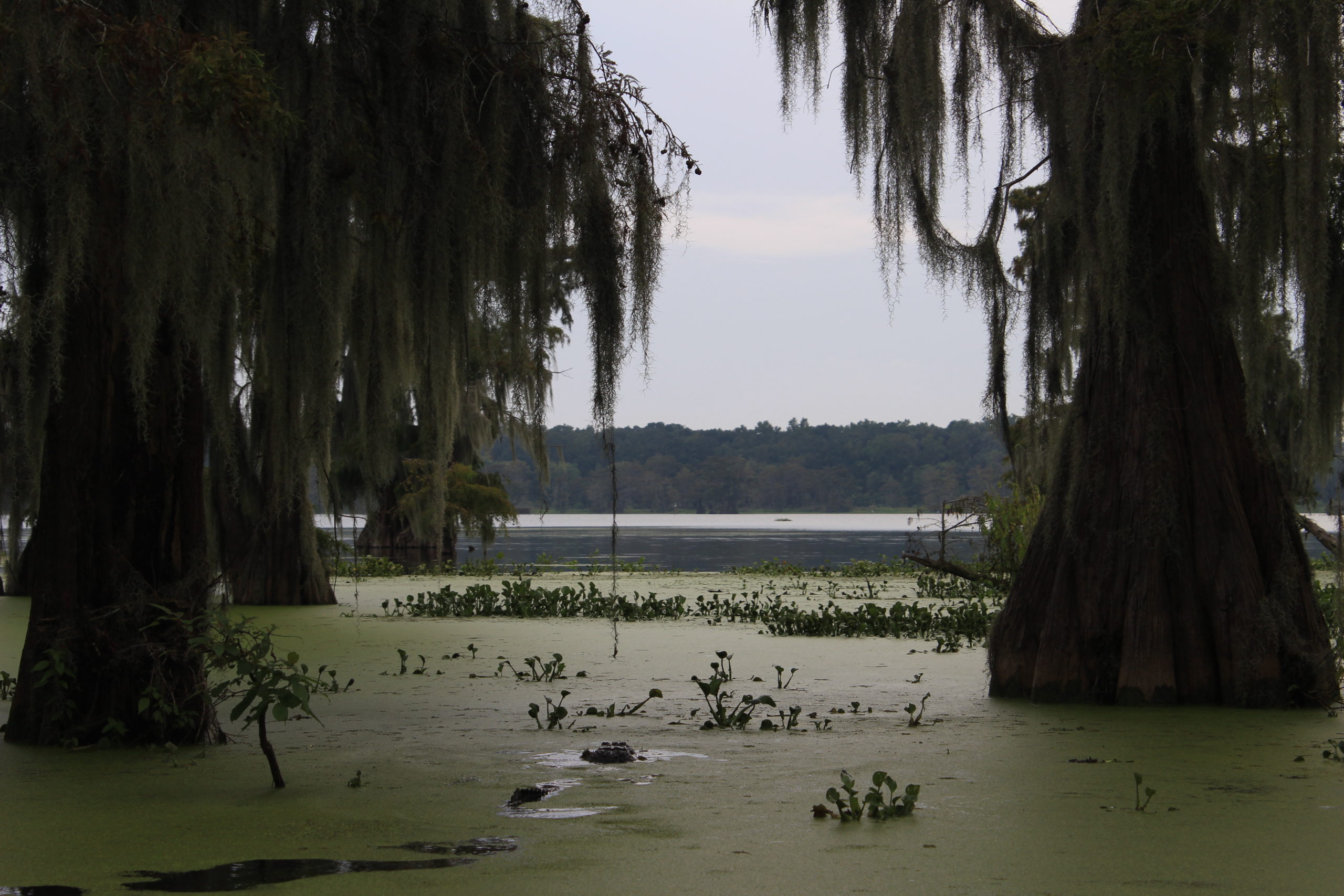Heading eastward out of Houston on State Highway 225, we passed a near-endless procession of heavy industrial facilities – oil refineries, petrochemical and gas plants. It’s not exactly a pretty sight, but it is big business in the state and the country.
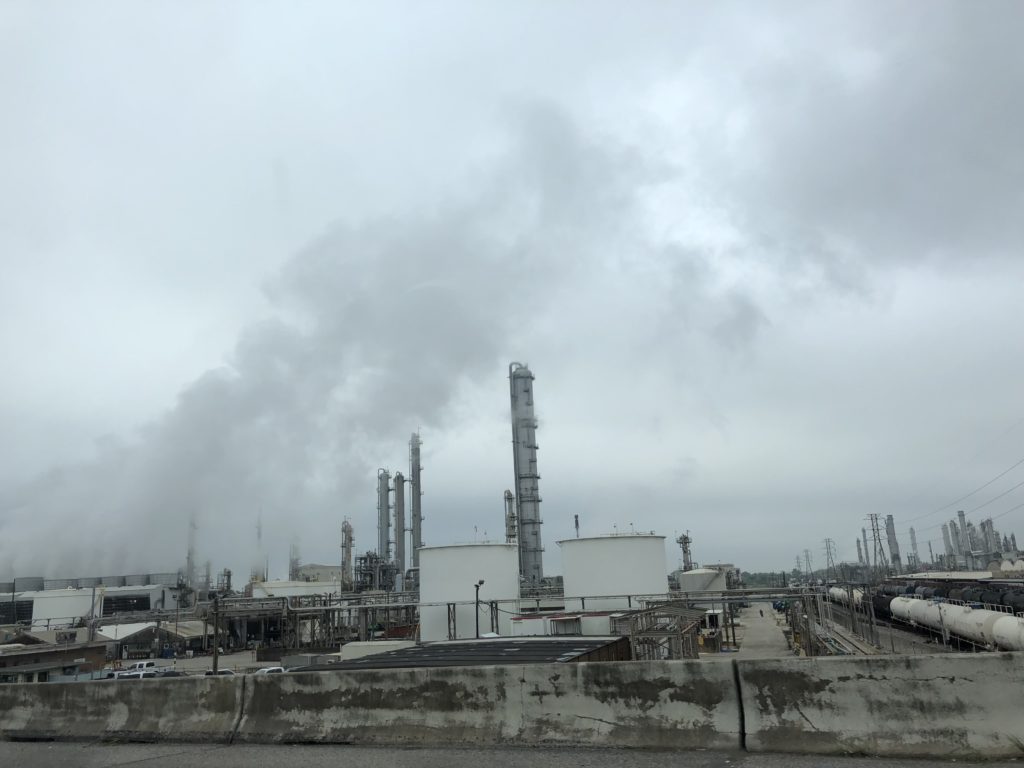
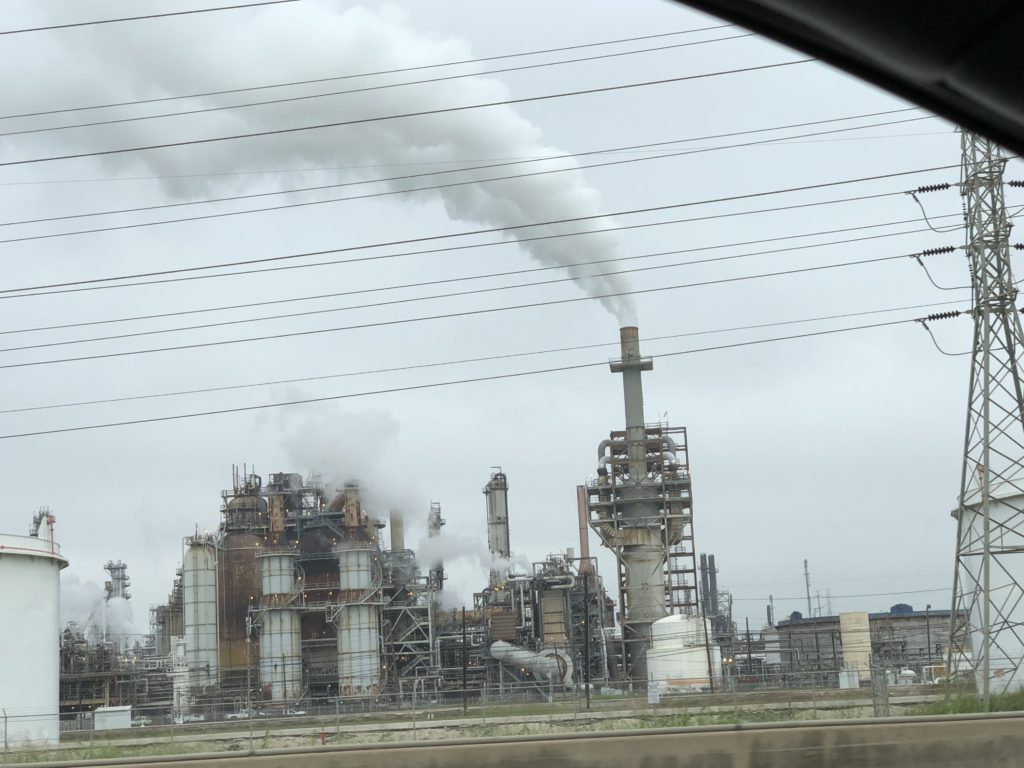

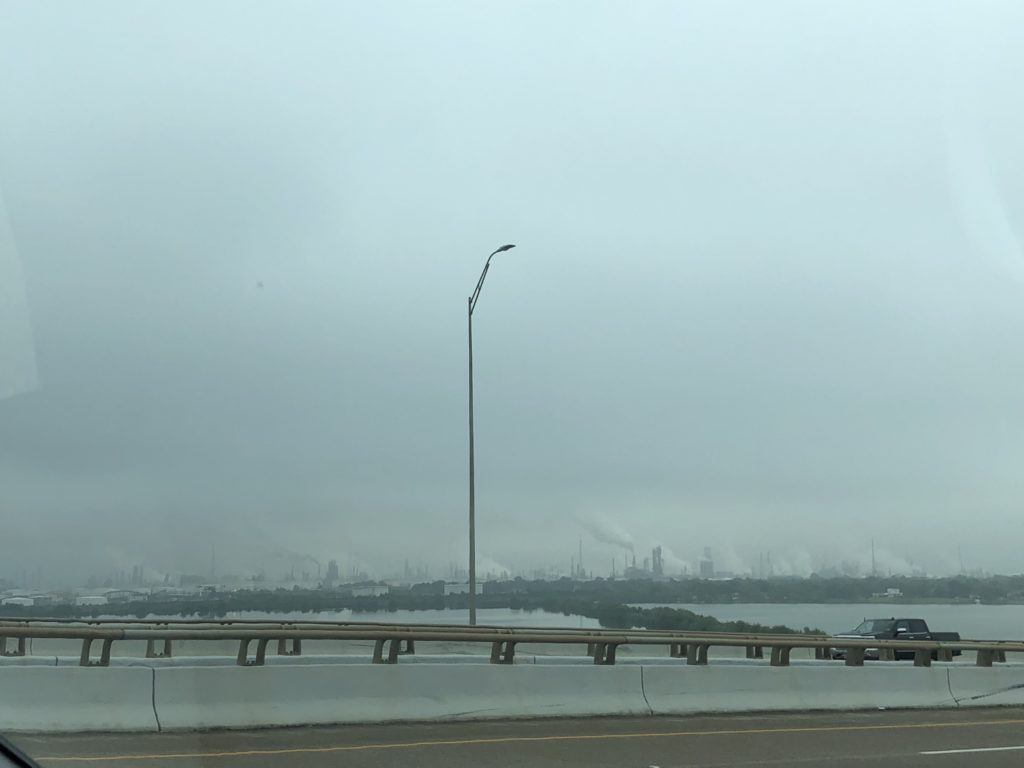
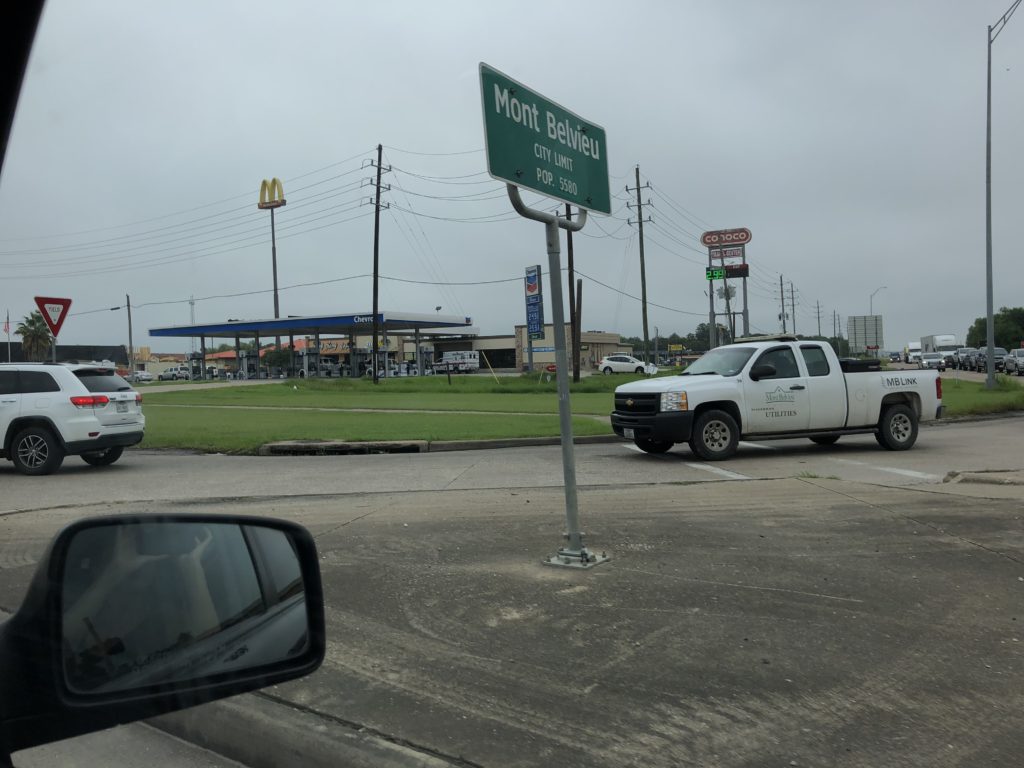
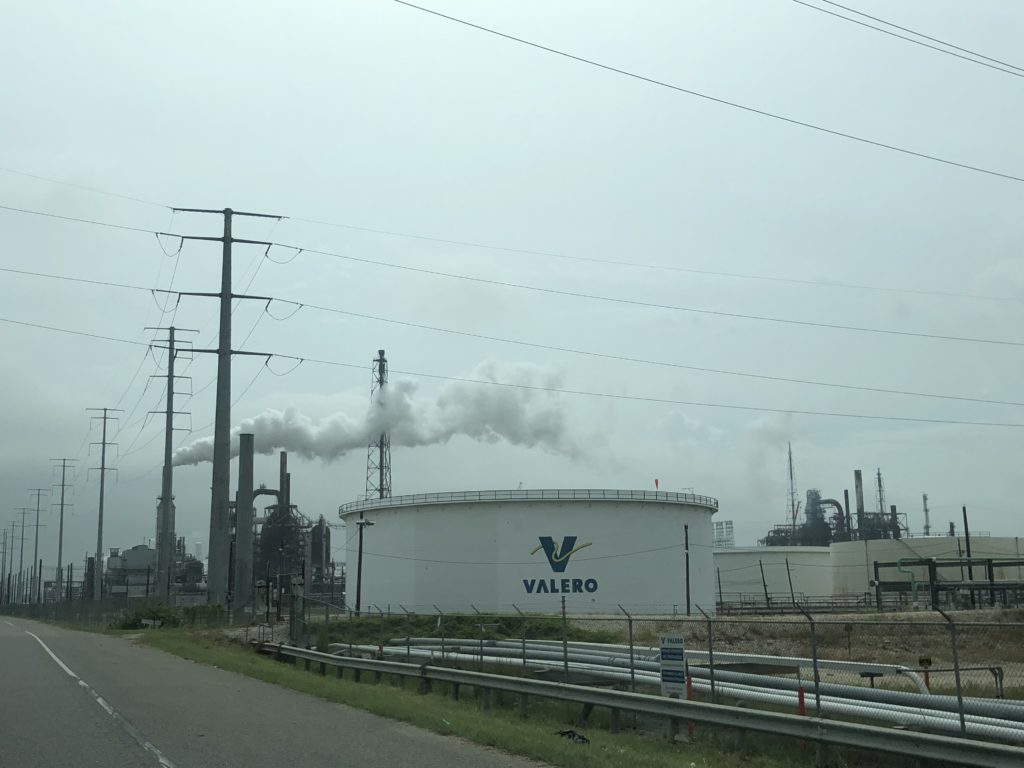
We carried on south towards the Gulf and got our first glimpse of an LNG facility – the Golden Pass LNG terminal. The story of this terminal is quite interesting, and not unique. In the early 2000’s, with domestic oil & gas production on the decline, various projects were devised to import gas into the United States in the form of LNG (liquefied natural gas). Big specialised tankers arrive (from Qatar, for example) and deliver the LNG, the receiving terminal “re-gassifies” the LNG into natural gas, and the gas is then piped off into the domestic system – used in power plants, chemical plants, for heating, etc. These projects are huge and extremely costly, and Golden Pass was a big one. The project was green lit in 2003 and construction completed in 2010. Unfortunately for Golden Pass, this period overlapped with the great US fracking boom which unlocked enormous gas fields that were previously untappable. The resulting boom in gas output let to a collapse in domestic natural gas prices, and imported natural gas become unprofitable. In fact, gas prices dropped so low that LNG exports became a highly profitable option. Fracking’s impact on the global oil & gas market has been quite revolutionary.

So in 2012, it was proposed that Golden Pass be turned into a LNG export facility – utilising existing pipelines, ship berths, storage tanks, facilities, and government approval. If “re-gassifying” LNG is complex and costly, liquefying gas into LNG is on another level. The huge $10 billion “upgrade” project is under construction with first LNG exports scheduled for 2024. Fifteen years after initiation, the project is still a work-in-progress.
Almost the exact same story could be told of Cheniere Energy and its mammoth Sabine Pass LNG facility, situated just across the river from Golden Pass (in Louisiana).
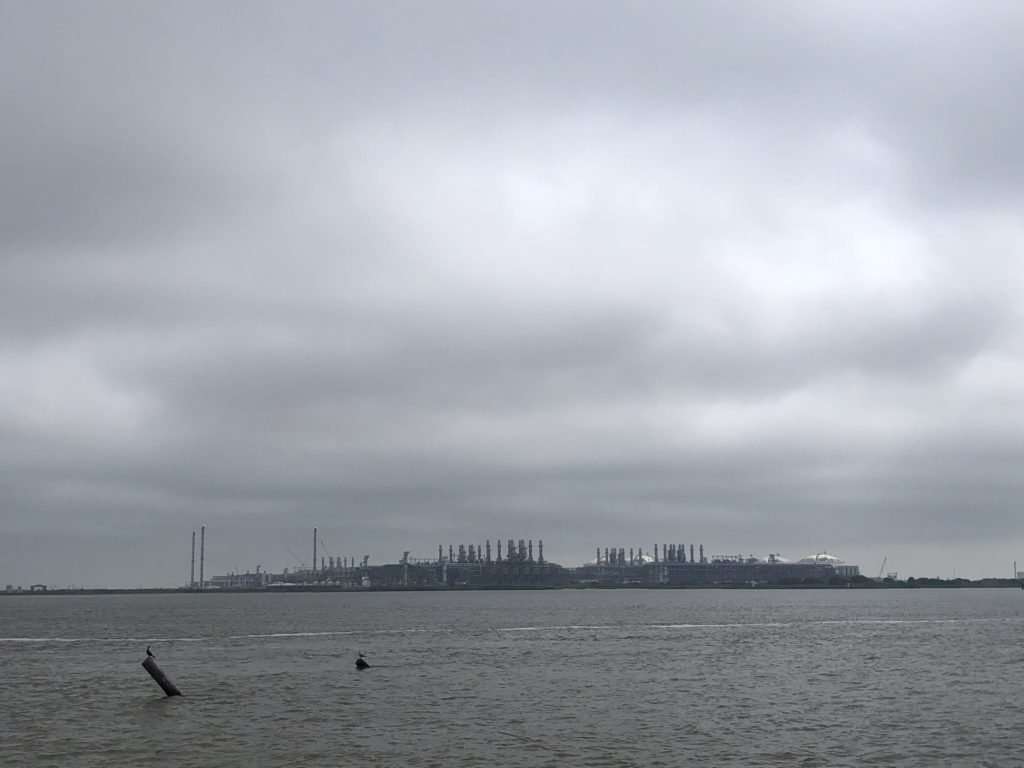

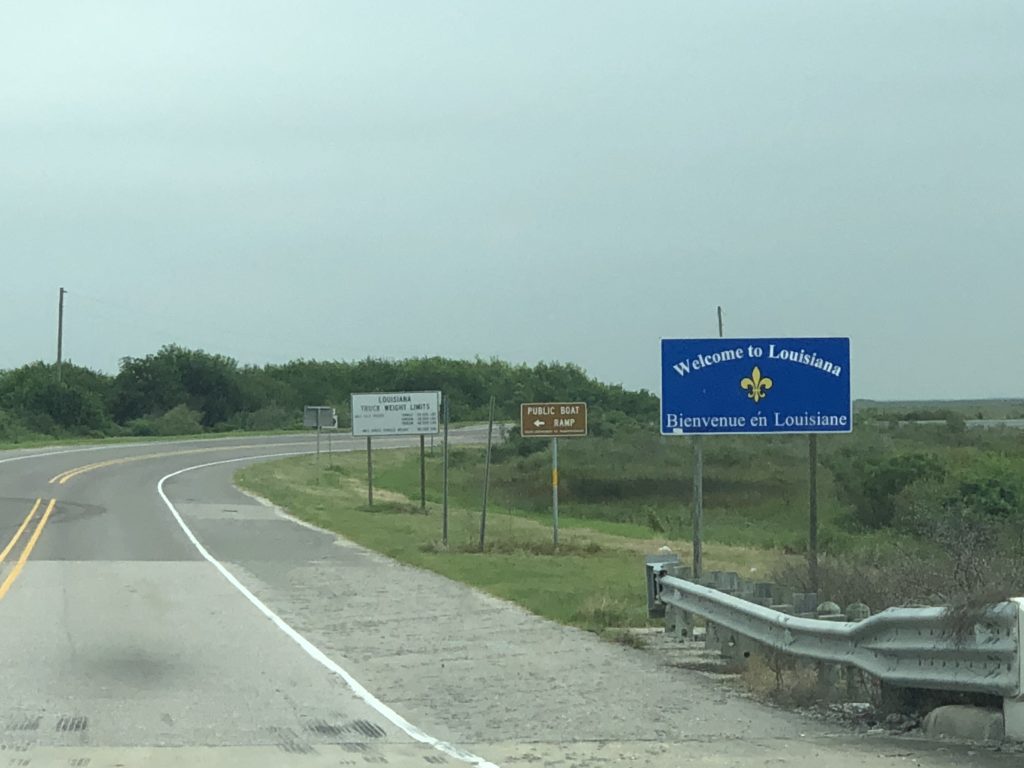
We entered the great state of Louisiana, named after the King of France in the late 1600’s. It was a French colony and then a Spanish one and then a French one again, before joining the United States as one small but important part of the huge Louisiana Purchase in 1803 (see here).
We journeyed eastward along the Gulf Beach Highway which ran along the coast. This whole section of the state is very flat and low-lying. Most structures were set on stilts. The area appears to have seen better days. In 2005, Hurricane Rita absolutely hammered this region. Little towns like Holly Beach were completely leveled.
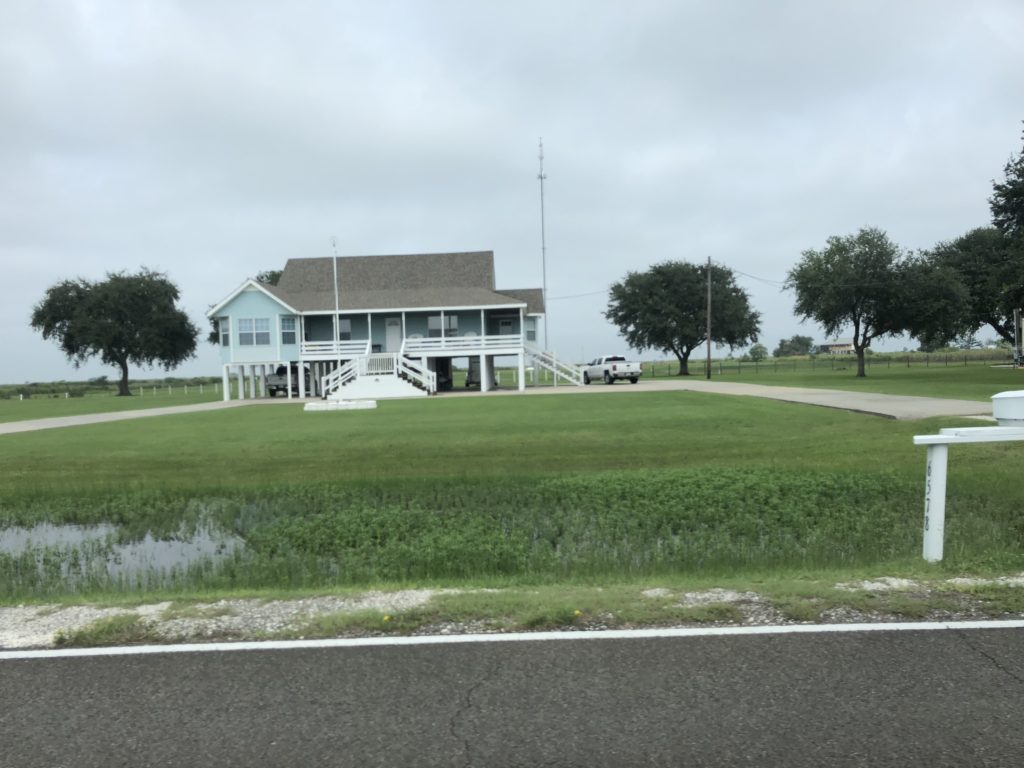
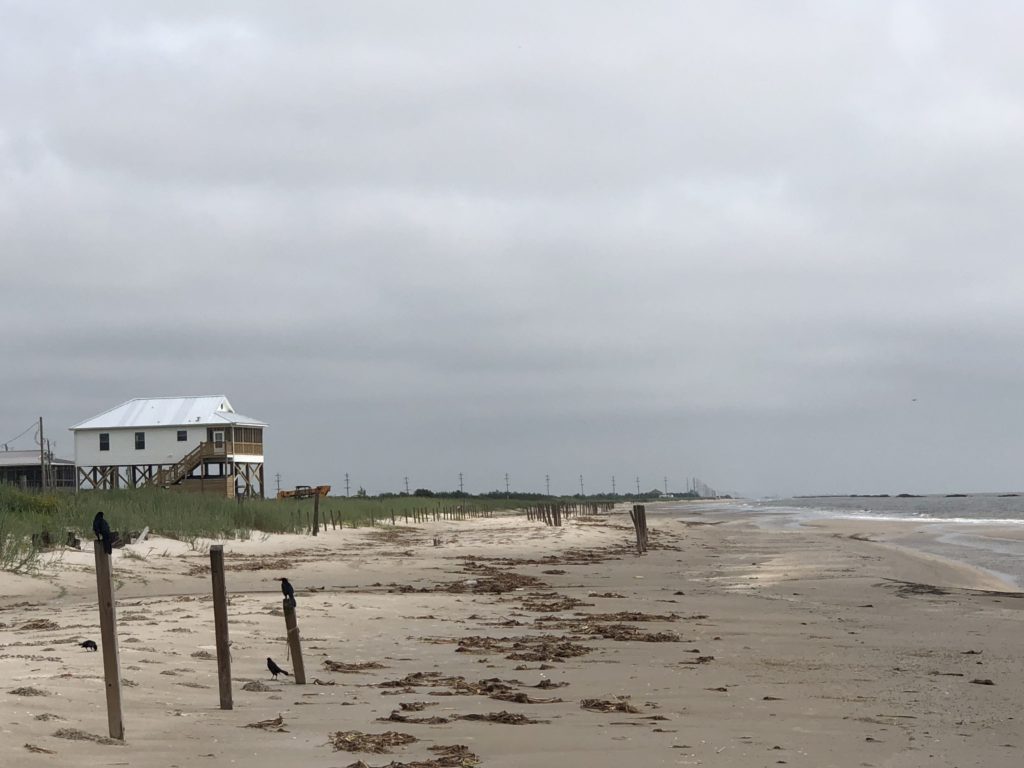
Beach front cabins are “built to be rebuilt” due to hurricane threats.

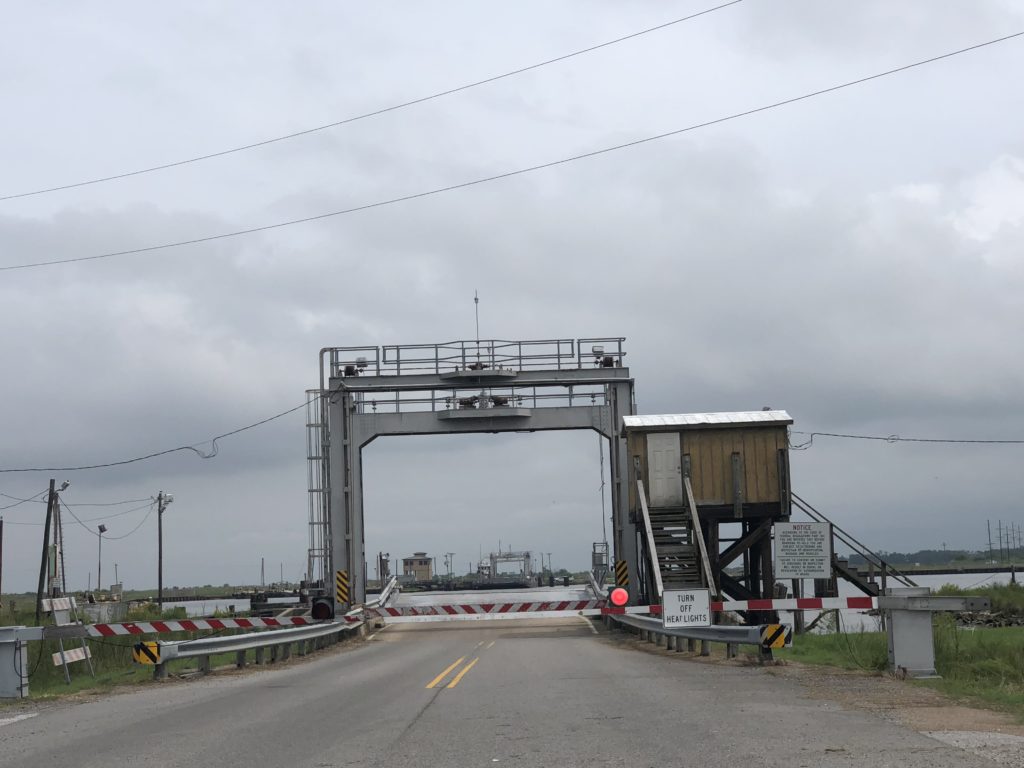
An oversight led us on a detour through the Sabine National Wildlife Refuge – flat as a pancake with average elevation of three metres.
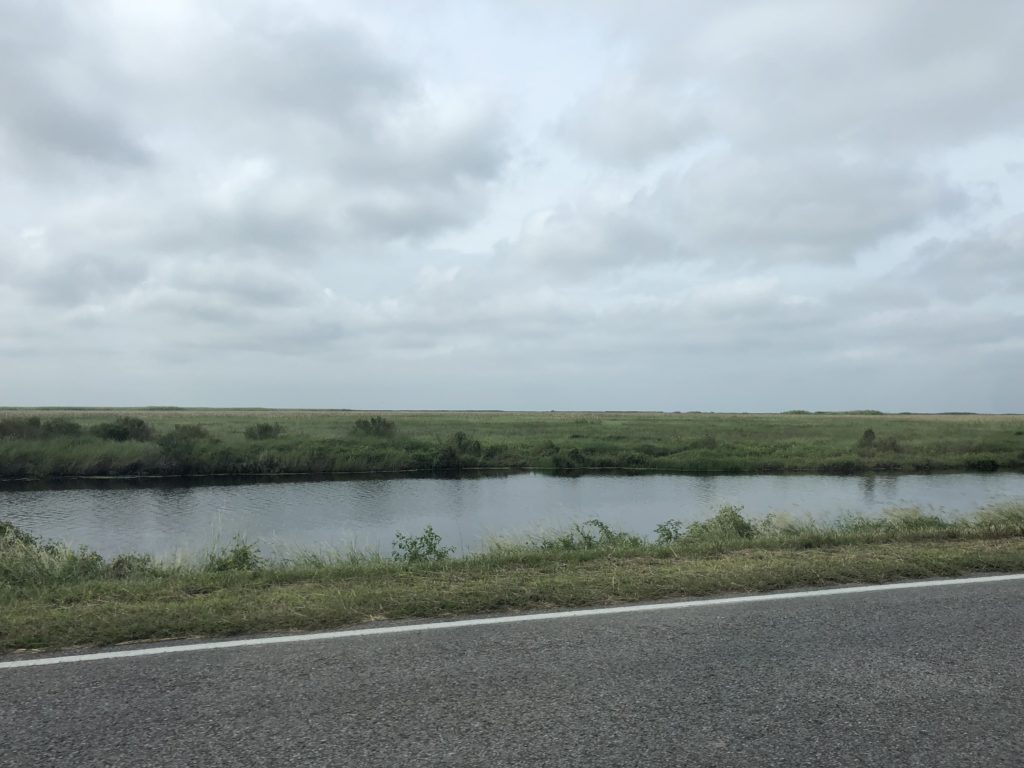
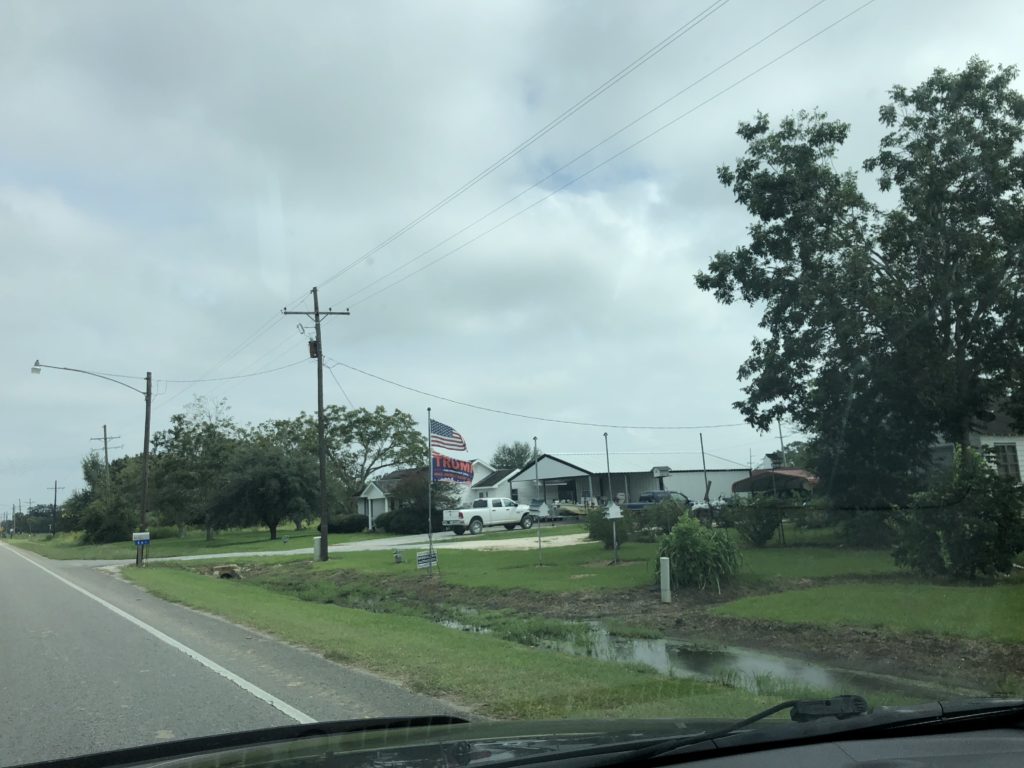
A little further up the coast near the tiny town of Hackberry, we passed another enormous LNG facility under construction – the $10 billion Cameron LNG project. Lots of activity. Construction began in 2014 and the first LNG “train” was due to start up a year later (in 2019).
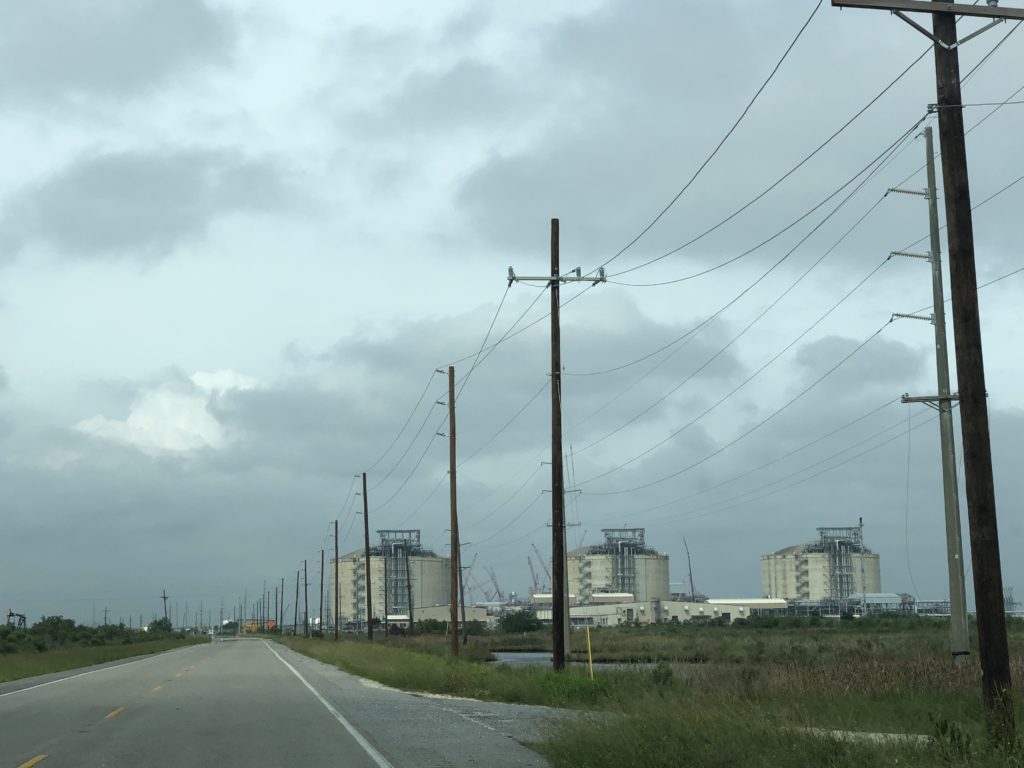
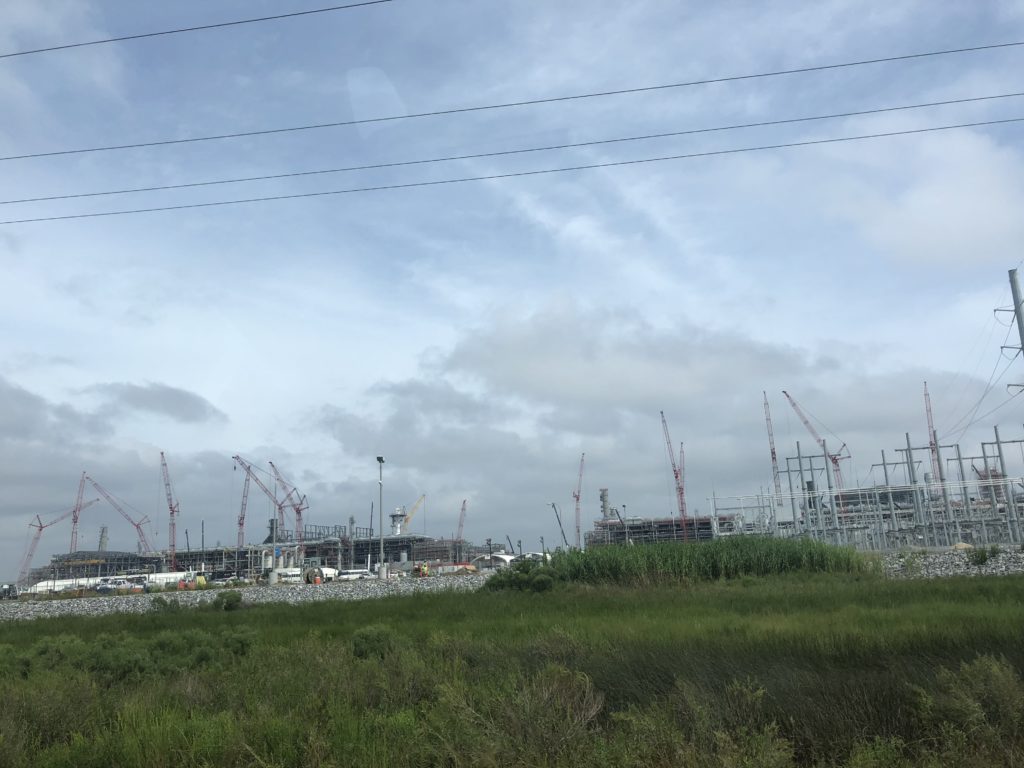
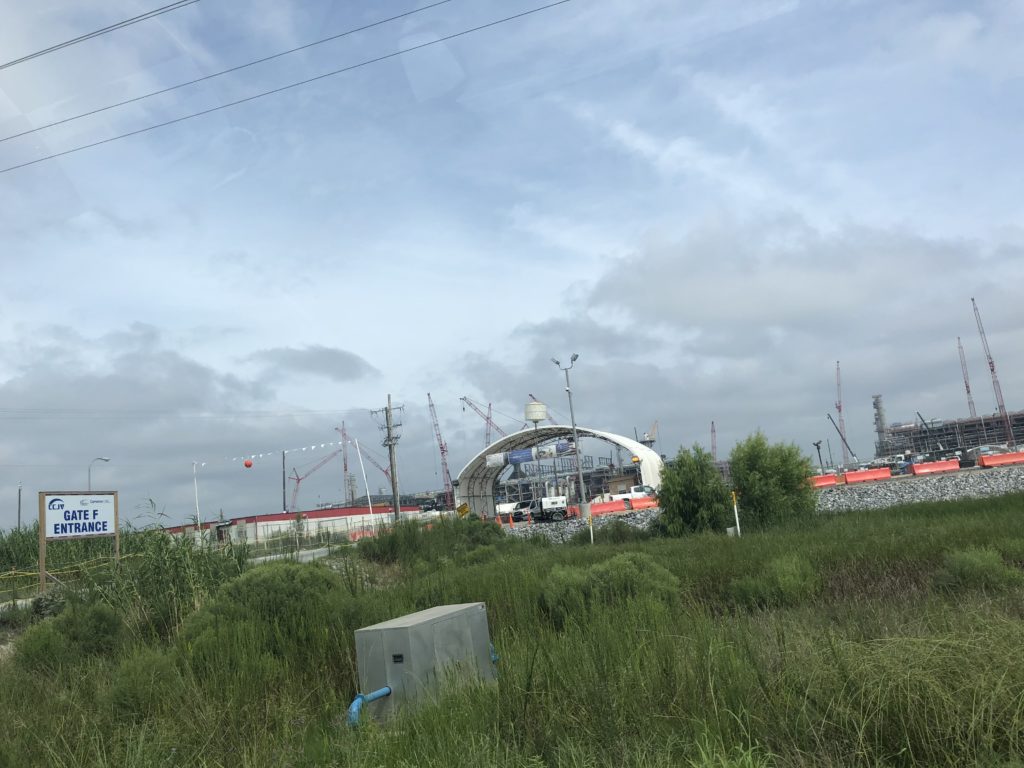
We carried on east and arrived at our destination: Lafayette, the “Heart of Cajun Country”. To understand Cajuns, one needs to know about Acadians. In the 17th and 18th centuries, French colonists settled in an area called Acadia – which today includes Canada’s eastern Maritime provinces (Nova Scotia, New Brunswick, Prince Edward Island) and parts of Quebec and Maine. The area was named after a Greek region meaning “refuge”. France lost control of the area in the early 1700’s, but the Acadians managed to hold out against British domination for a while. However, after Acadians were found fighting alongside the French in an early battle of the Seven Years War, Britain deported thousands of Acadians around 1760 (the “Great Expulsion”) and took control of the region. Many Acadians ended up in Louisiana, attracted by Spain’s attempts to populate its colony there. They were Catholics that spoke a dialect of French. Over time, that dialect became “Louisiana French” and the pronunciation of “Acadians” changed to “Cajuns”. Today, people of Cajun descent make up a fairly large chunk of Louisiana’s population.
Cajun food is fairly famous globally and we picked up a classic called boudin (pork, pork liver & rice sausage) and cracklin’ from Poche’s Meat Market in Lafayette – very tasty. More on this a few days later in New Orleans.
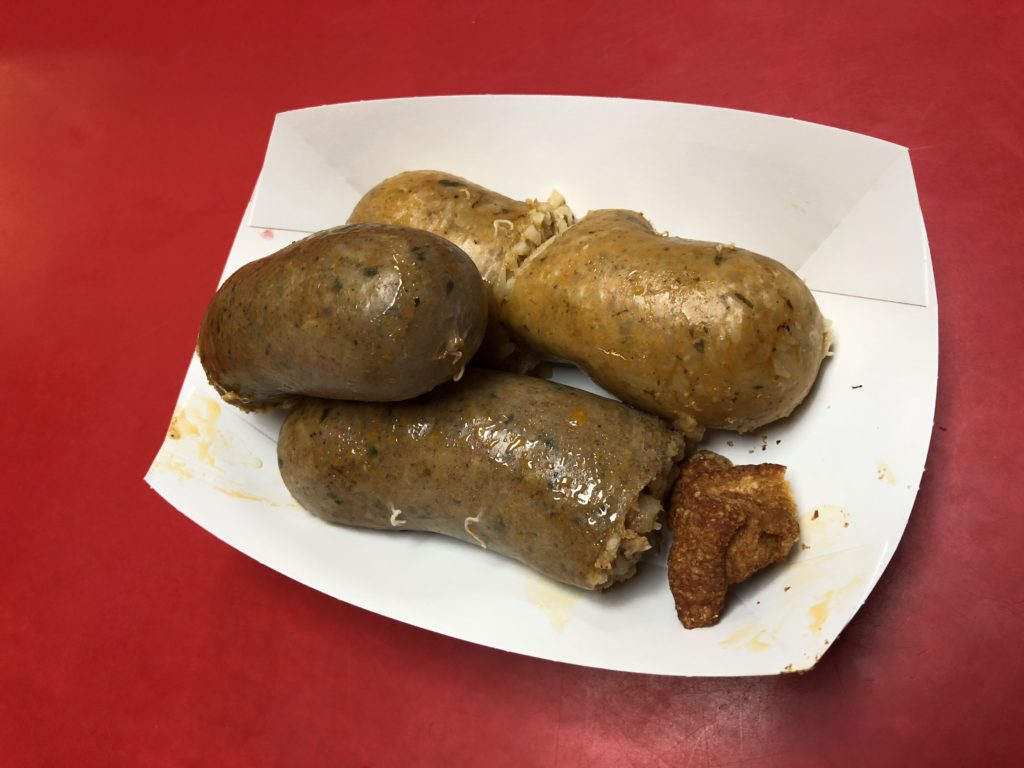
One of the most unique things you can do in this part of the country is to join a swamp tour. This involves wildlife spotting from shallow-bottomed boats that glide through incredibly beautiful wetlands. We settled on the “Cajun Country Swamp Tour” near Breaux Bridge, where we were guided around by a really funny & knowledgeable Cajun chap named Shawn.
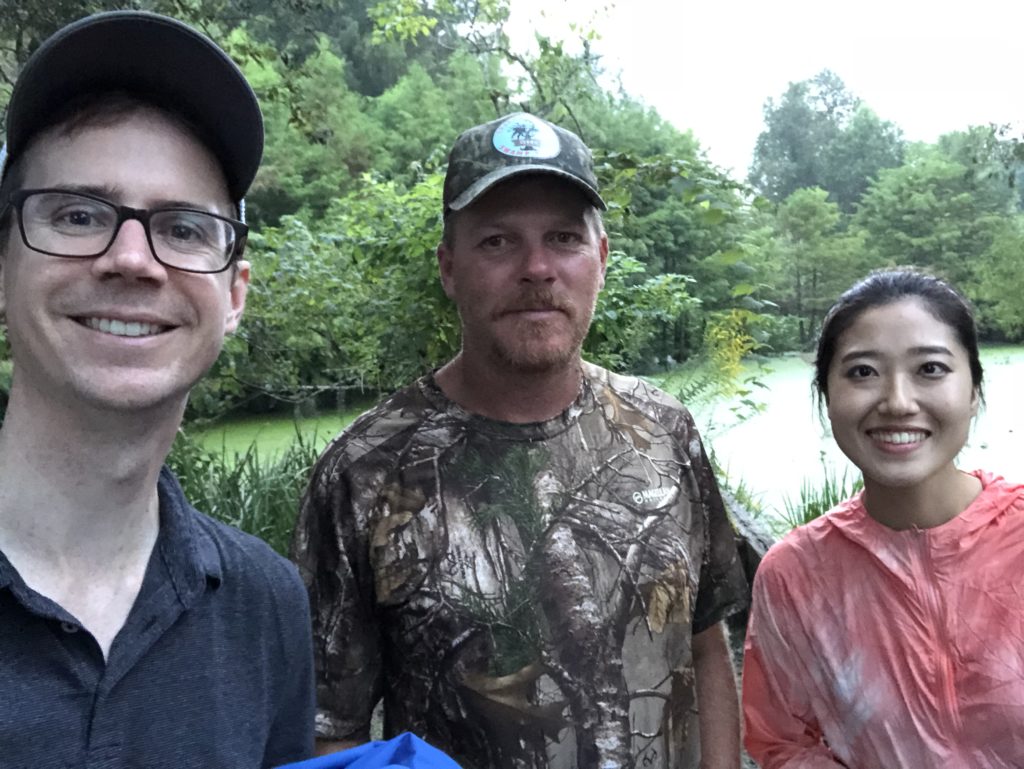
As advertised, swamp tours take you through swamps, which are flat wetlands that are forested (whereas “marshes” only have grasses and reeds), and have slow-moving or stagnant waters. Our tour was really close to the largest swamp in the United States, called the Atchafalaya Swamp. The word “bayou” is also used in this neck of the woods and very much associated with Cajun culture. By loose definition, a bayou is essentially a swamp. A tighter definition is a natural channel or creek of slow-moving water that reverses direction daily based on tides. Bayous are home to a host of wildlife from crawfish, shrimp & catfish to frogs, herons, egrets, snakes, and American alligators.
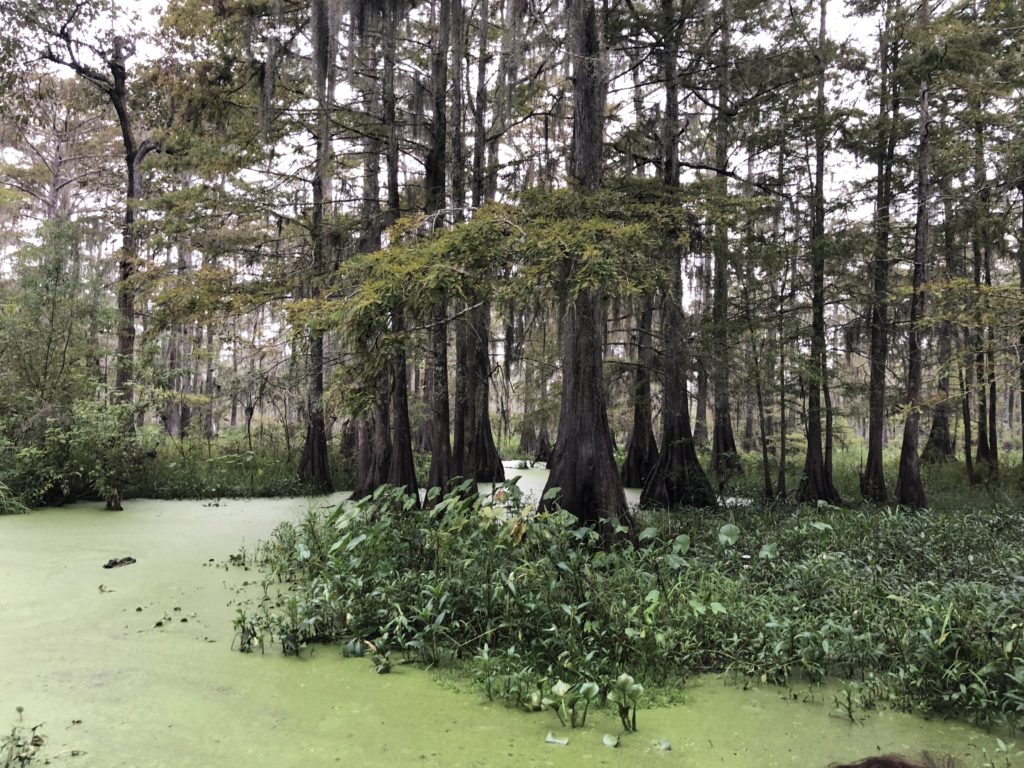
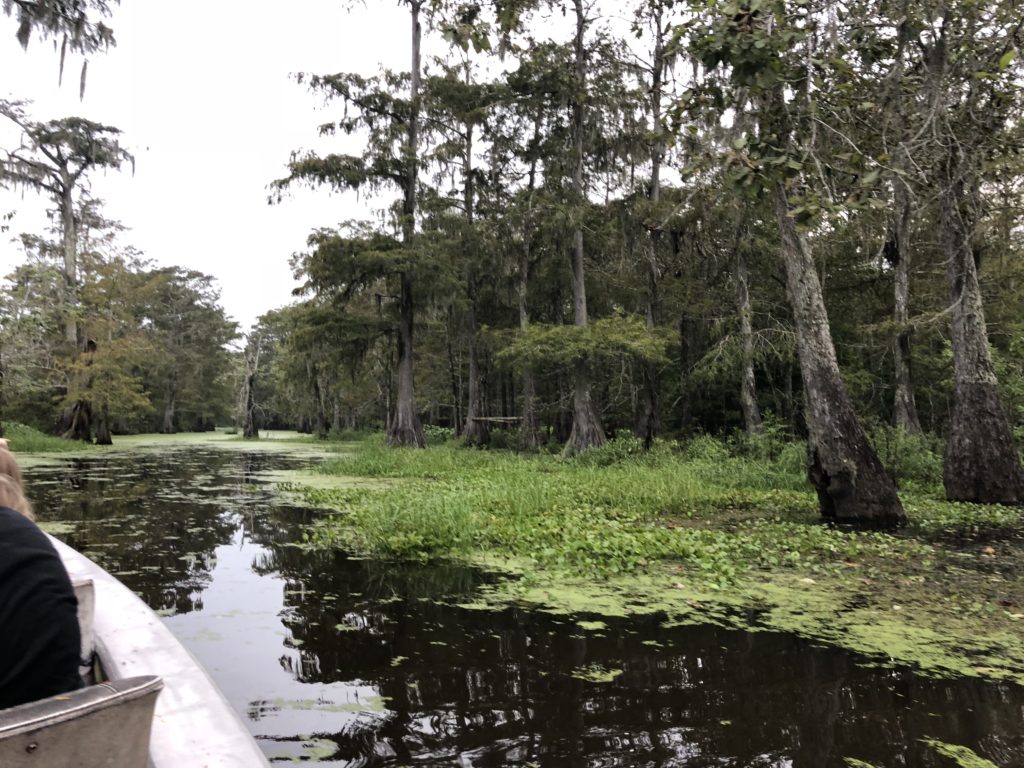
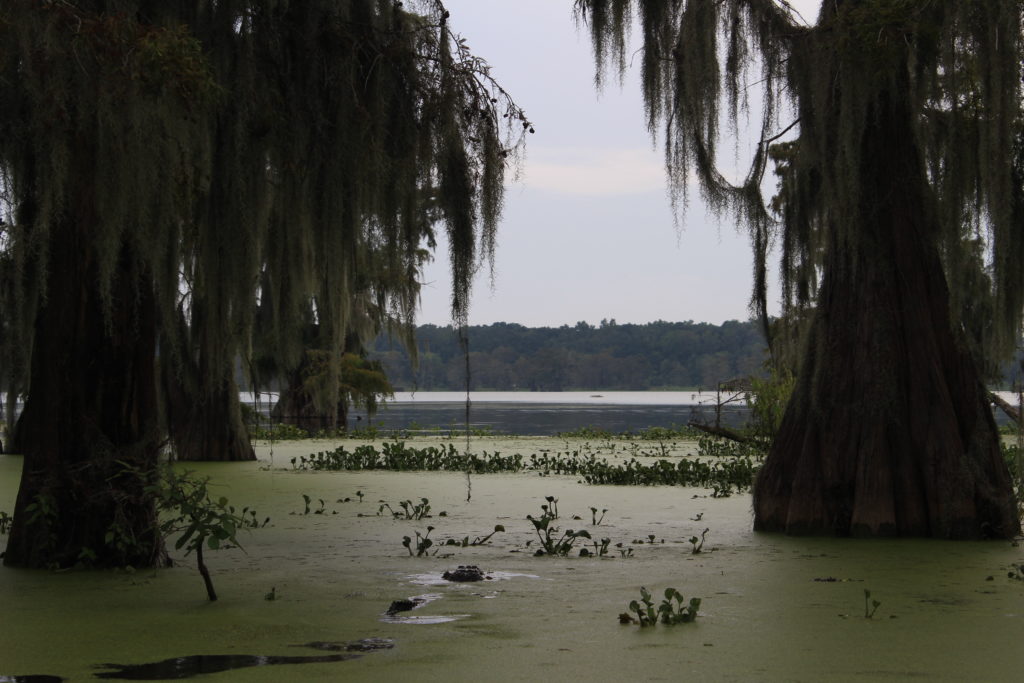
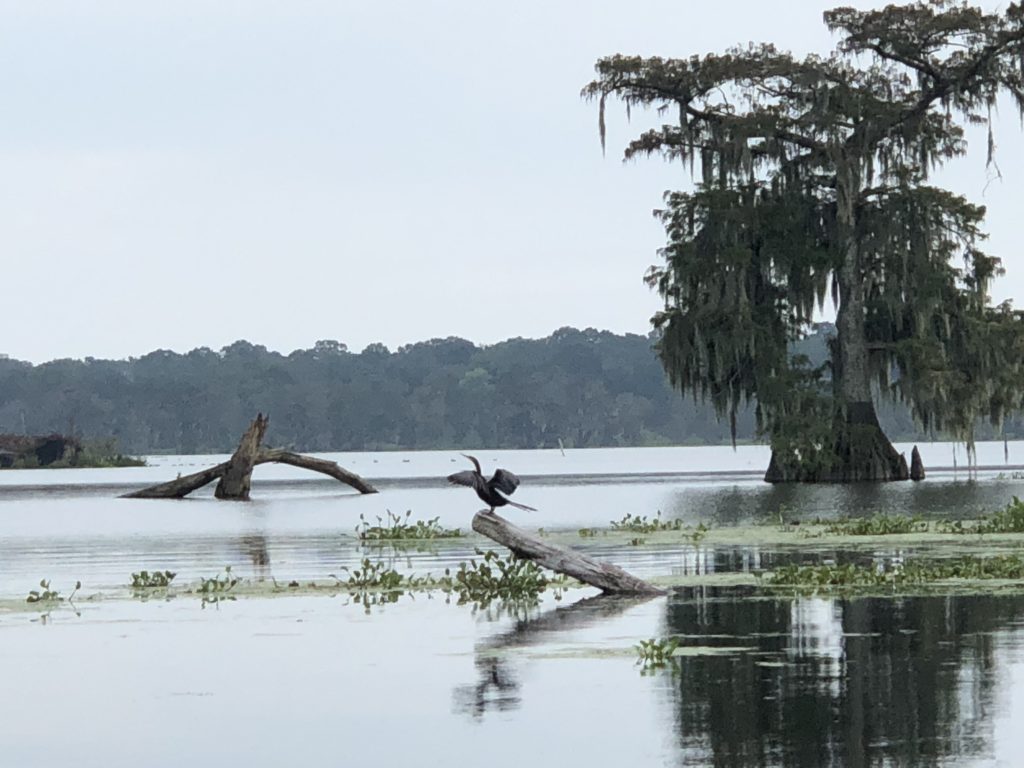
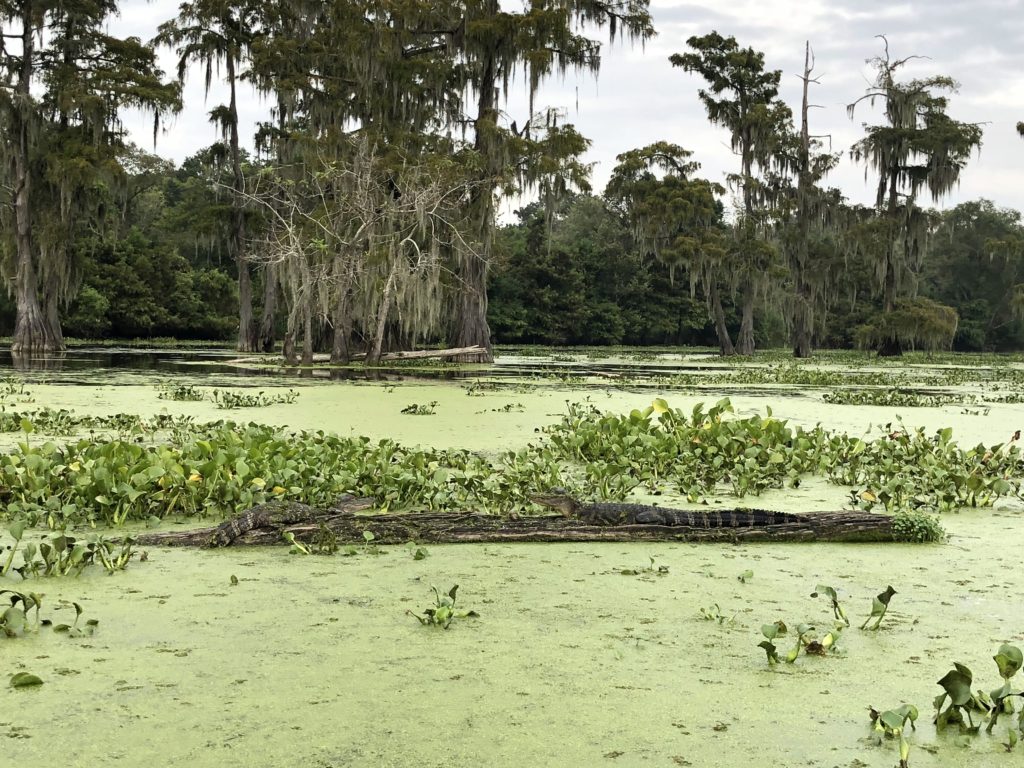
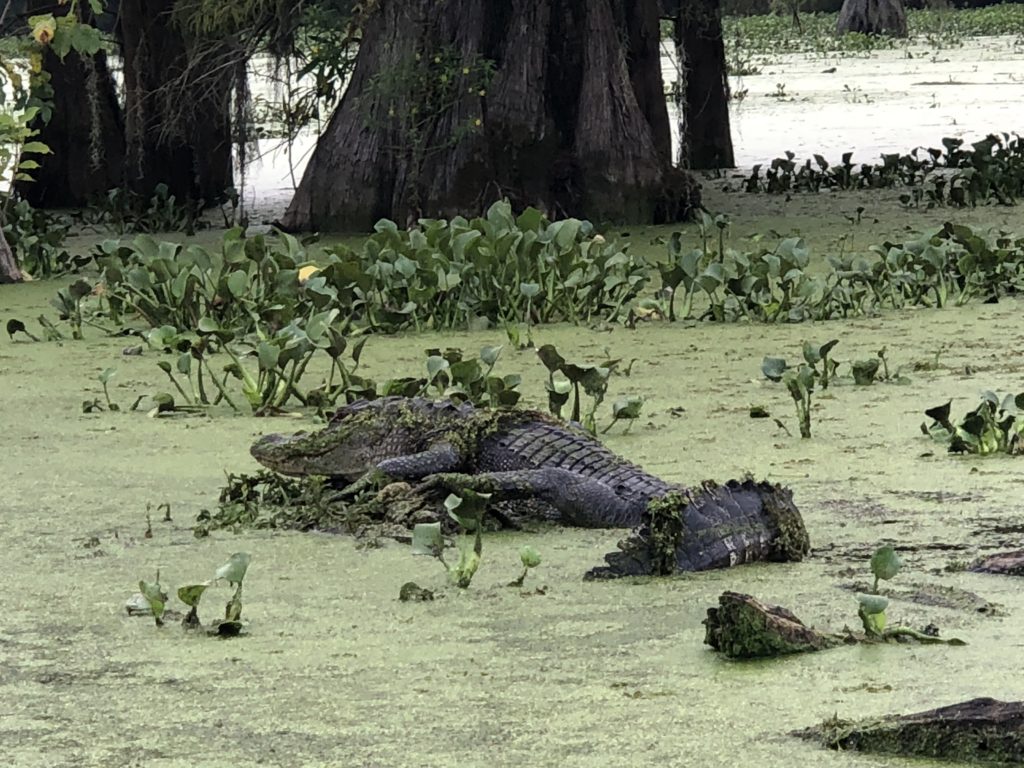
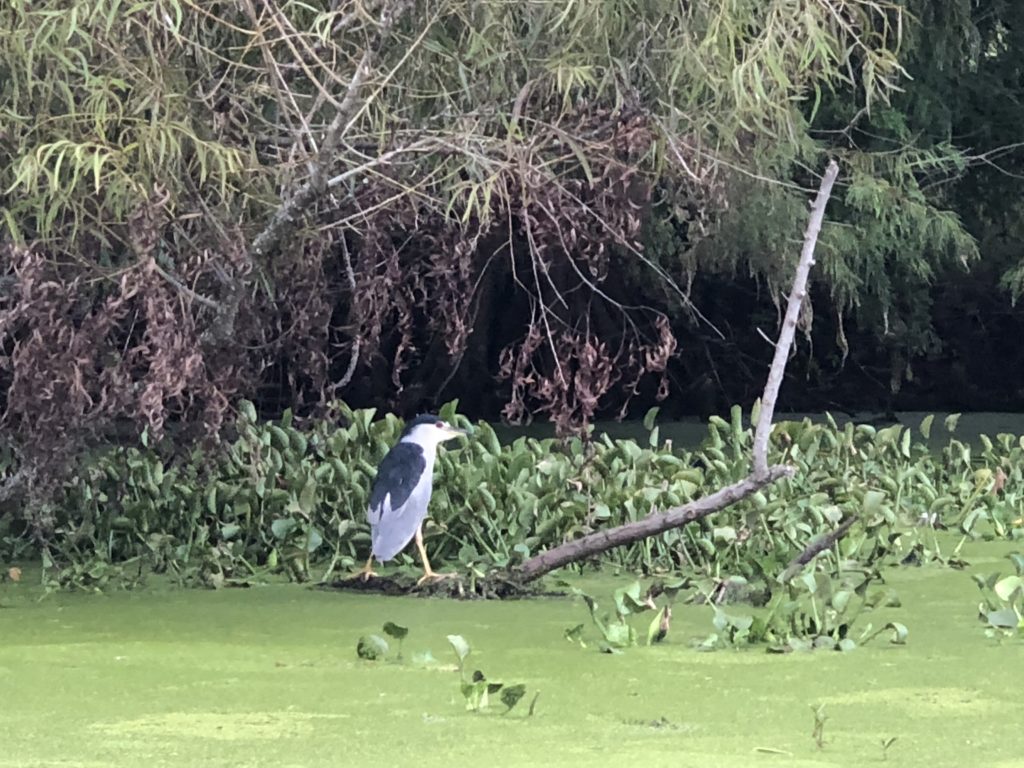
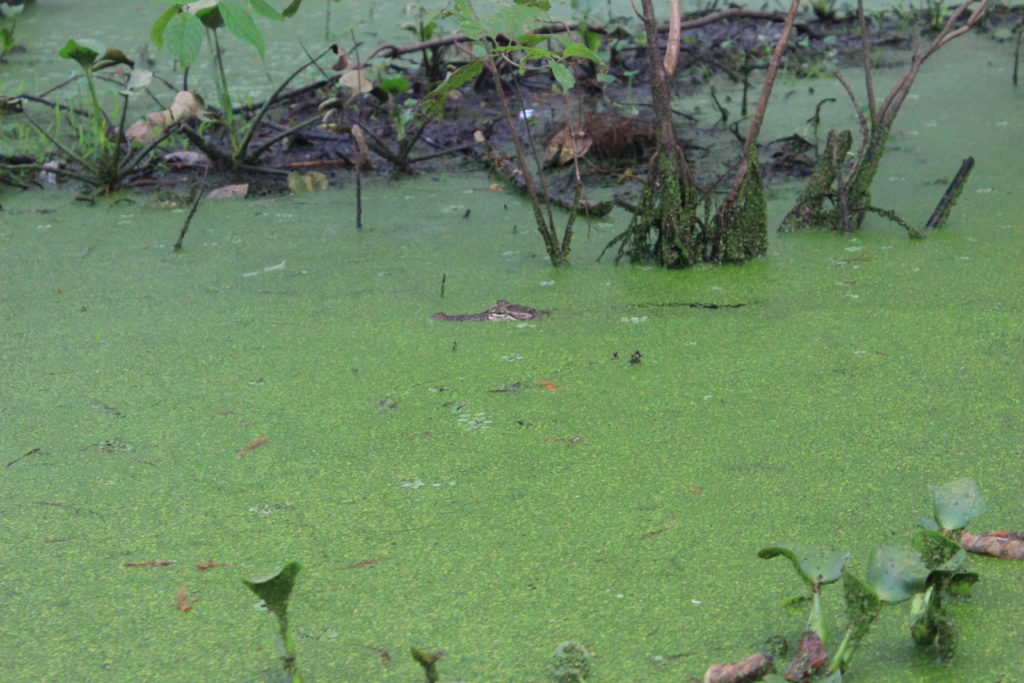

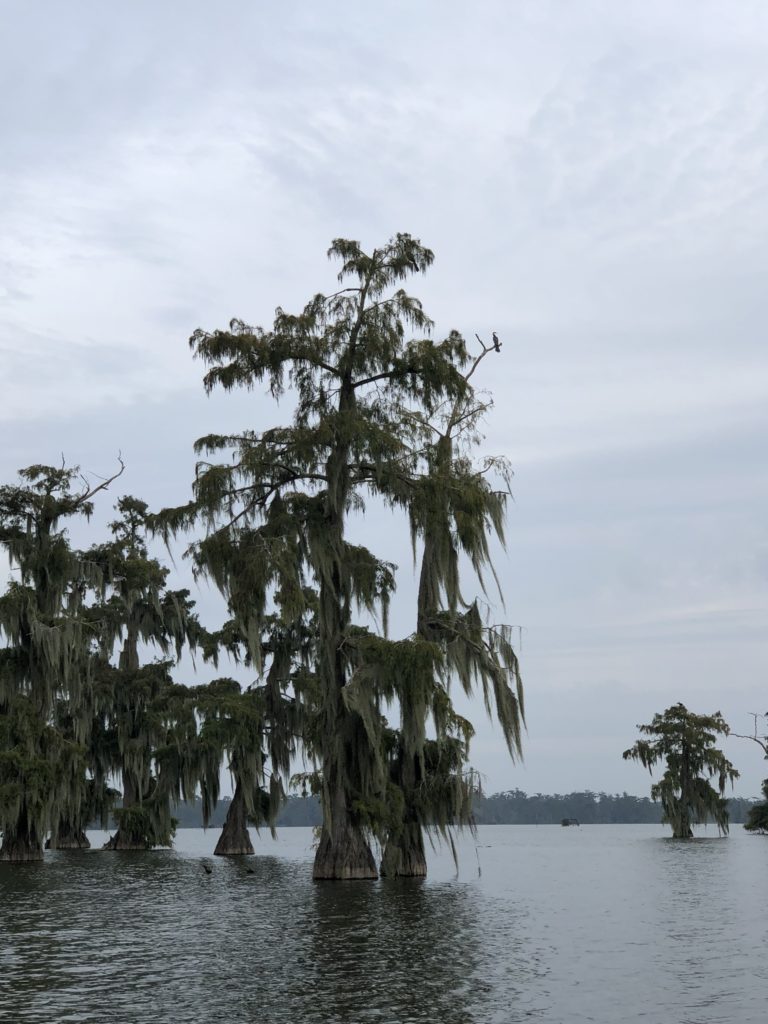
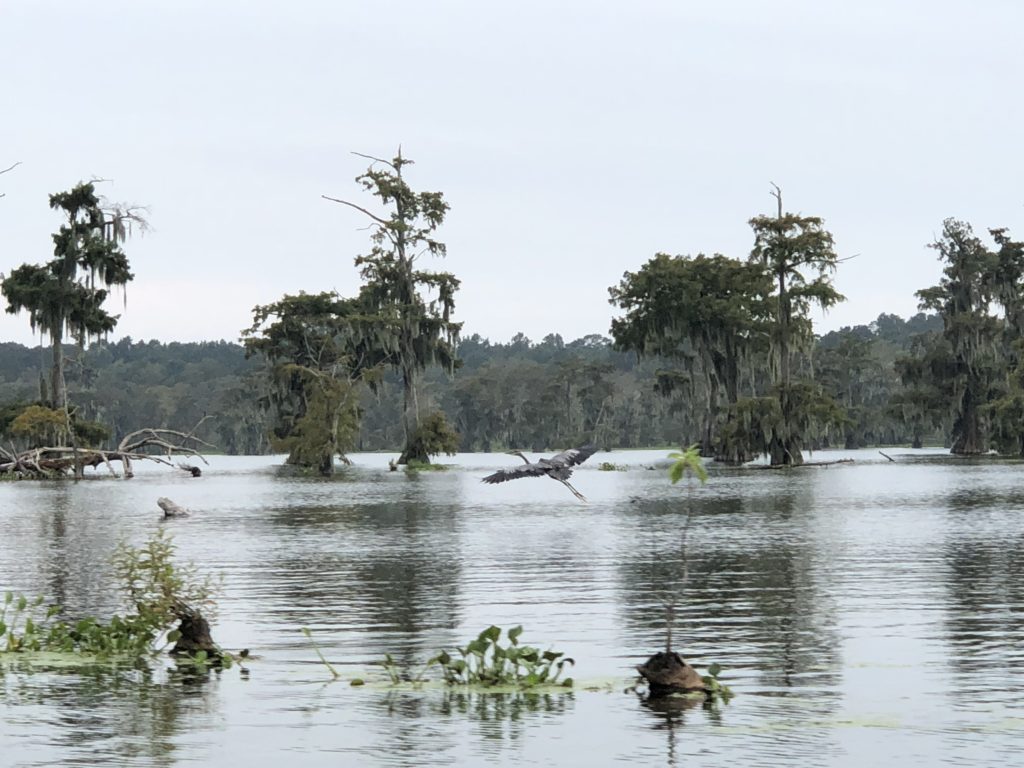
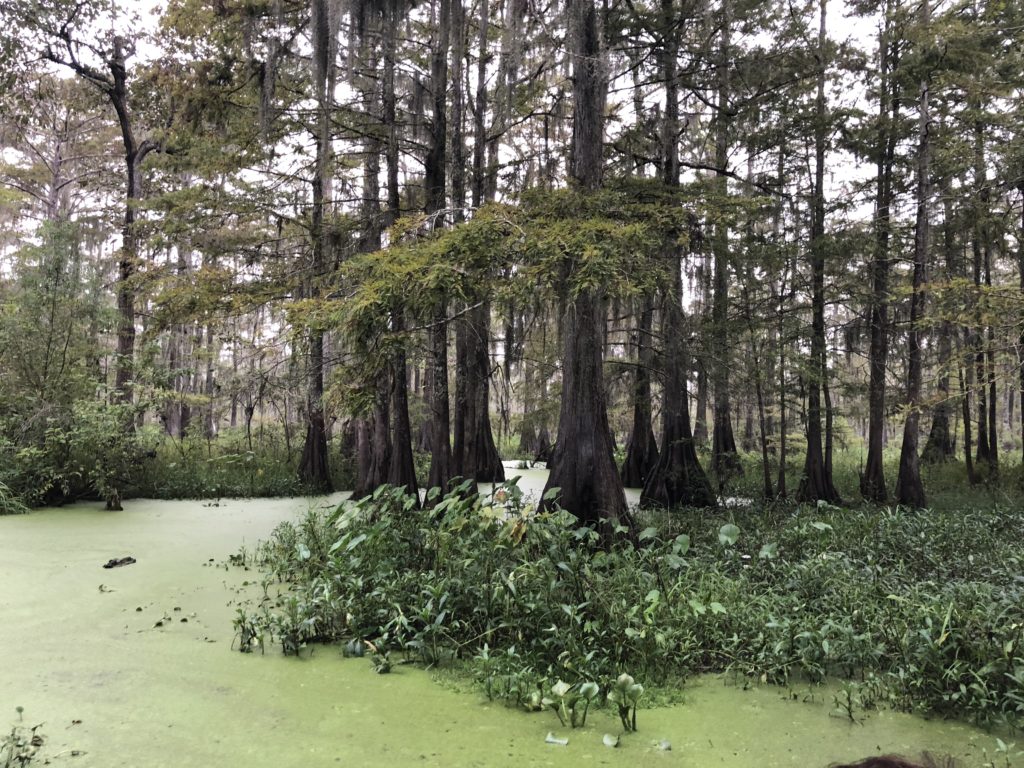

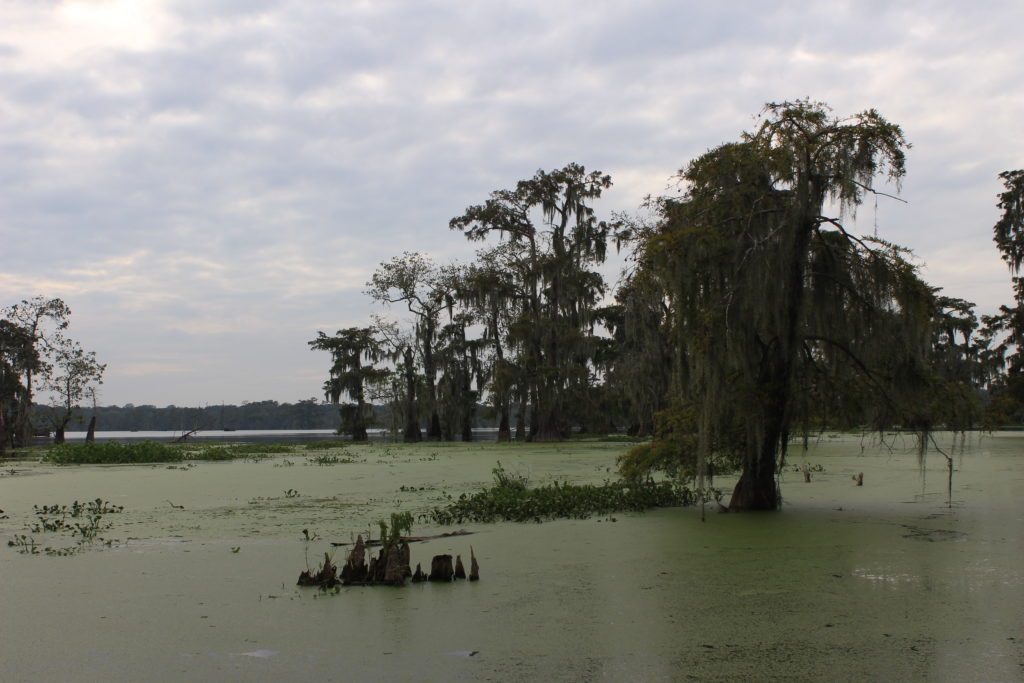
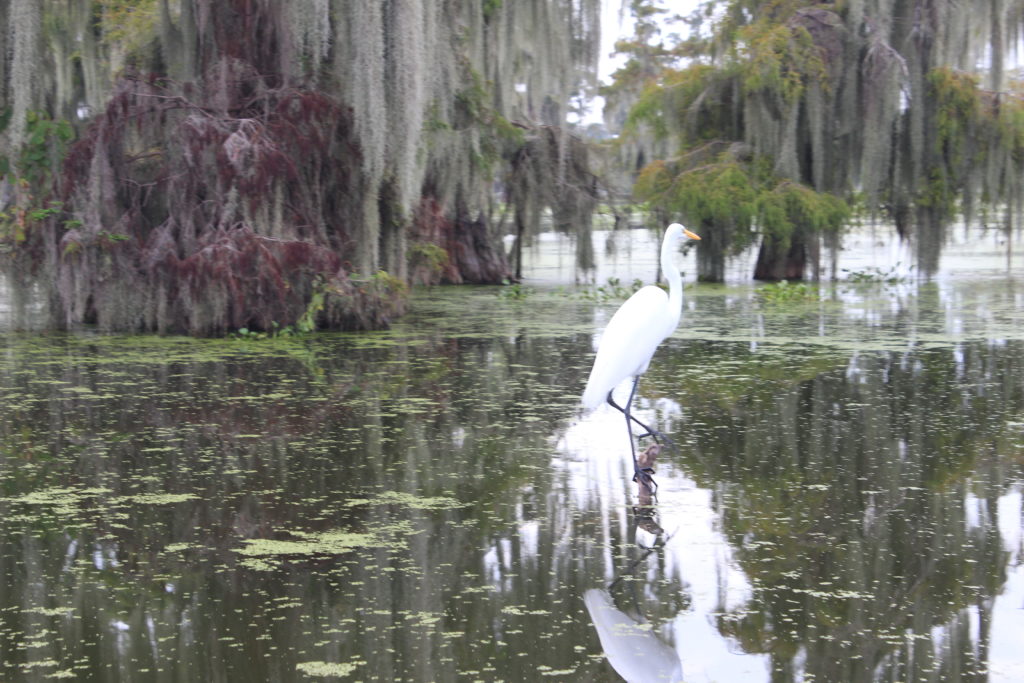
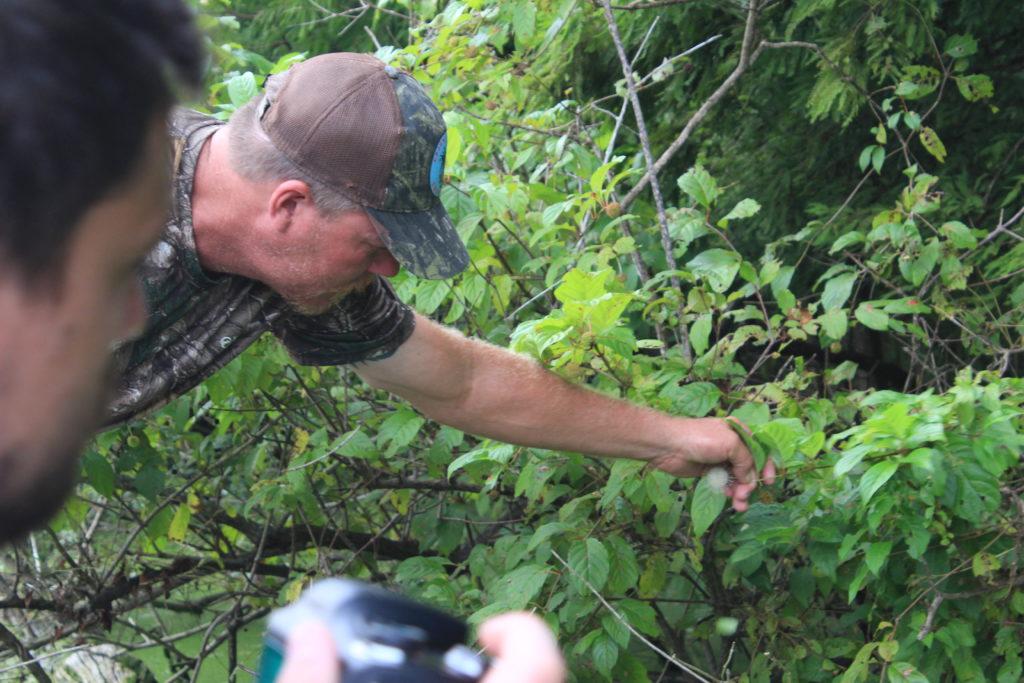
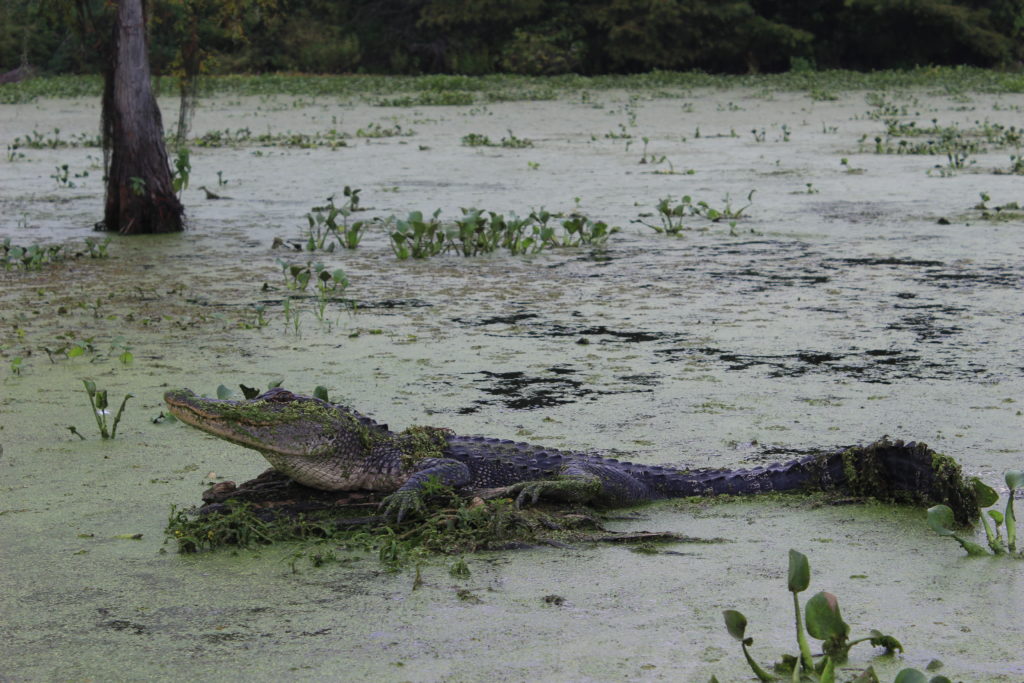
The tour was a unique experience to see a strangely beautiful part of the world – highly recommended. The next day, we explored a bit of Lafayette, before making our way over to the Big Easy.
